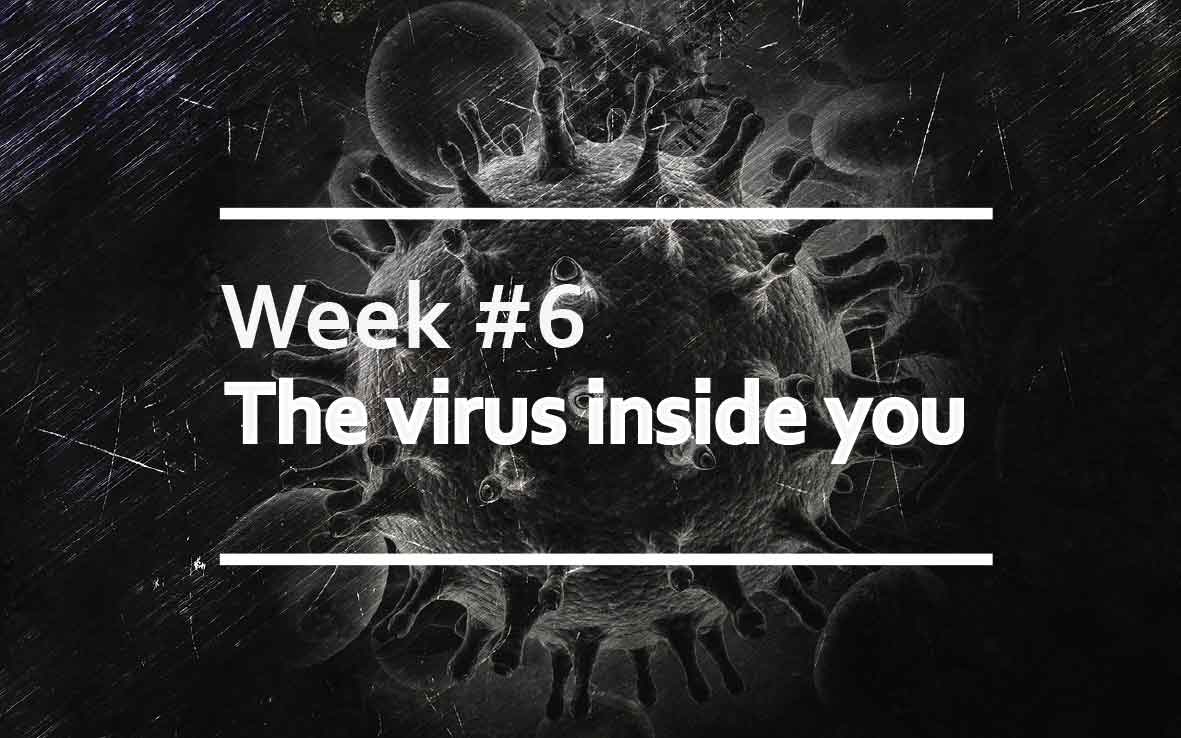The virus inside you
Since the origin of life on Earth, species have exploited each other, and viruses have proven themselves to be particularly efficient at this. However, new discoveries are revealing how viruses and microbes have helped in the building of the mammalian genome. Eukaryotic genomes are littered with ancient viral DNA, and about half of the human genome originated from viruses or transposons. Interestingly, many of these transposon-derived genes are expressed in our brains and have as-yet-unknown molecular functions.
Pastuzyn and collegues have recently hypothesized that the neuronal gene Arc, which is distantly related to retroviral GAG proteins, has been repurposed, and now serves a very specific cellular function in the nervous system.
The Arc protein is a master regulator of synaptic plasticity in mammals, and its activity plays an essential role in normal cognition. By phylogenomic analysis, Pastuzyn et al. show that the Arc gene likely originated from the Ty3/gypsy retrotransposon family (Ty3/gypsy retrotransposons are ancestors to the retroviruses). The Arc protein shares common elements with the retroviral GAG proteins (the main structural protein of retroviruses) and multiple aspects of Arc mRNA regulation resemble some viral RNAs.
Pastuzyn et al. show that the Arc-encoded protein forms viral-like capsid structures that can bind to and encapsulate mRNA transcribed from the Arc gene. Just like the HIV GAG proteins, which must bind RNA to form the viral capsid, the binding of Arc mRNA is required for normal Arc capsid assembly. The Arc protein-mRNA complex is then transferred from neuron-to-neuron in extracellular vesicles, where Arc mRNA can undergo activity-dependent translation.
These data suggest that the role of Arc in regulating RNA transfer is derived from retroviral-like Gag elements. Thus, the Gag retroelements have been repurposed during evolution to mediate intracellular communication in the nervous system.
Most of us will be familair with the virus = pathogen doctrine of medical research but it seems this isn’t the whole story. Next time you catch the flu, keep in mind that viral mobile elements have helped shape your genome and that you depend on a protein borrowed from a virus to think.




